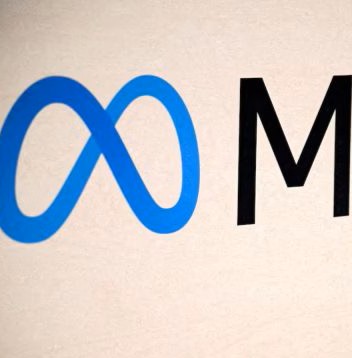1. What is Gemini 2.5 Pro?
Gemini 2.5 Pro is the latest iteration of Google's language model architecture, designed specifically to enhance reasoning, coding, and problem-solving tasks. Unlike conventional pre-trained models, reasoning models such as Gemini 2.5 Pro aim to simulate human-like logic and decision-making. This allows them to perform more sophisticated analyses, better understand complex instructions, and provide more nuanced outputs.
The model, released in early April 2025, represents a strategic leap forward in the competition among global AI developers. Notably, it has been made available to free users—a rare move that aims to broaden accessibility and test the model’s capabilities in diverse use cases.
2. Key Features and Innovations
A Million-Token Context Window
One of Gemini 2.5 Pro’s most distinguishing features is its unprecedented 1 million-token context window—roughly equivalent to over 750,000 words. This massive capacity enables the model to digest entire books, large codebases, or multi-threaded conversations without losing coherence or needing context refresh.
By comparison:
- Claude 3.5 Sonnet (Anthropic) offers a 500,000-token window.
- OpenAI’s o3 Mini model supports a 200,000-token window.
This scale makes Gemini 2.5 Pro particularly powerful for long-form reasoning, large-scale data analysis, and complex coding tasks.
Benchmark-Leading Performance
In benchmark tests such as “Humanity's Last Exam” and “LMArena,” Gemini 2.5 Pro has reportedly achieved top-tier performance, particularly in:
- Programming and code generation
- Mathematical problem-solving
- Scientific reasoning and explanation
Google also showcased the model's capability in a demo, where it created a simple game from a single-line prompt—highlighting not just its coding skill, but its capacity to understand and act upon abstract instructions with minimal input.
3. Reasoning Models: The Next Frontier
Gemini 2.5 Pro belongs to a new class of AI tools called "reasoning models," which are gaining momentum over traditional pre-trained transformers. These models are foundational for powering intelligent agents that operate with memory, context-awareness, and task specialization—key elements in applications like autonomous customer service, multi-step research tasks, and AI-driven development environments.
By embedding reasoning directly into model architecture, developers aim to enhance real-world utility, moving beyond static Q&A or single-turn interactions.
4. Global AI Race Heats Up
While US-based AI companies have historically dominated the scene, the emergence of China’s DeepSeek project has redefined the competitive landscape. DeepSeek R1 and DeepSeek V3, launched earlier this year, have rivaled Western models in both capability and efficiency—despite operating under stringent hardware export restrictions.
Built at a fraction of the cost, DeepSeek models stirred market anxiety, with their rise contributing to significant volatility in US tech stocks. In response, US firms have accelerated their innovation timelines, resulting in rapid-fire model releases such as Gemini 2.5 Pro, GPT-4o, and Claude 3.5.
According to recent reports, DeepSeek is already preparing for another release, likely to further intensify the AI development race.
5. Mobile Support and Broader Access
As of now, Gemini 2.5 Pro can be accessed via the Gemini web interface. Google has confirmed that support for the iOS and Android apps is imminent, expected to roll out in the coming weeks. This broader availability is anticipated to increase engagement and provide valuable feedback from a larger, more diverse user base.
The release reflects an industry-wide shift toward democratizing access to powerful AI, moving beyond premium tiers and into the hands of everyday users—from students and developers to researchers and content creators.
Conclusion
With the launch of Gemini 2.5 Pro for free users, Google has not only raised the bar for language model capabilities but also signaled a new chapter in the global AI arms race. Its unparalleled context capacity, top-tier benchmark performance, and reasoning-centric architecture make it a formidable contender in a field that is rapidly evolving. As AI models become more accessible and more capable, the implications for education, business, and technology innovation are both profound and far-reaching.
Source:livemintChat GPT








